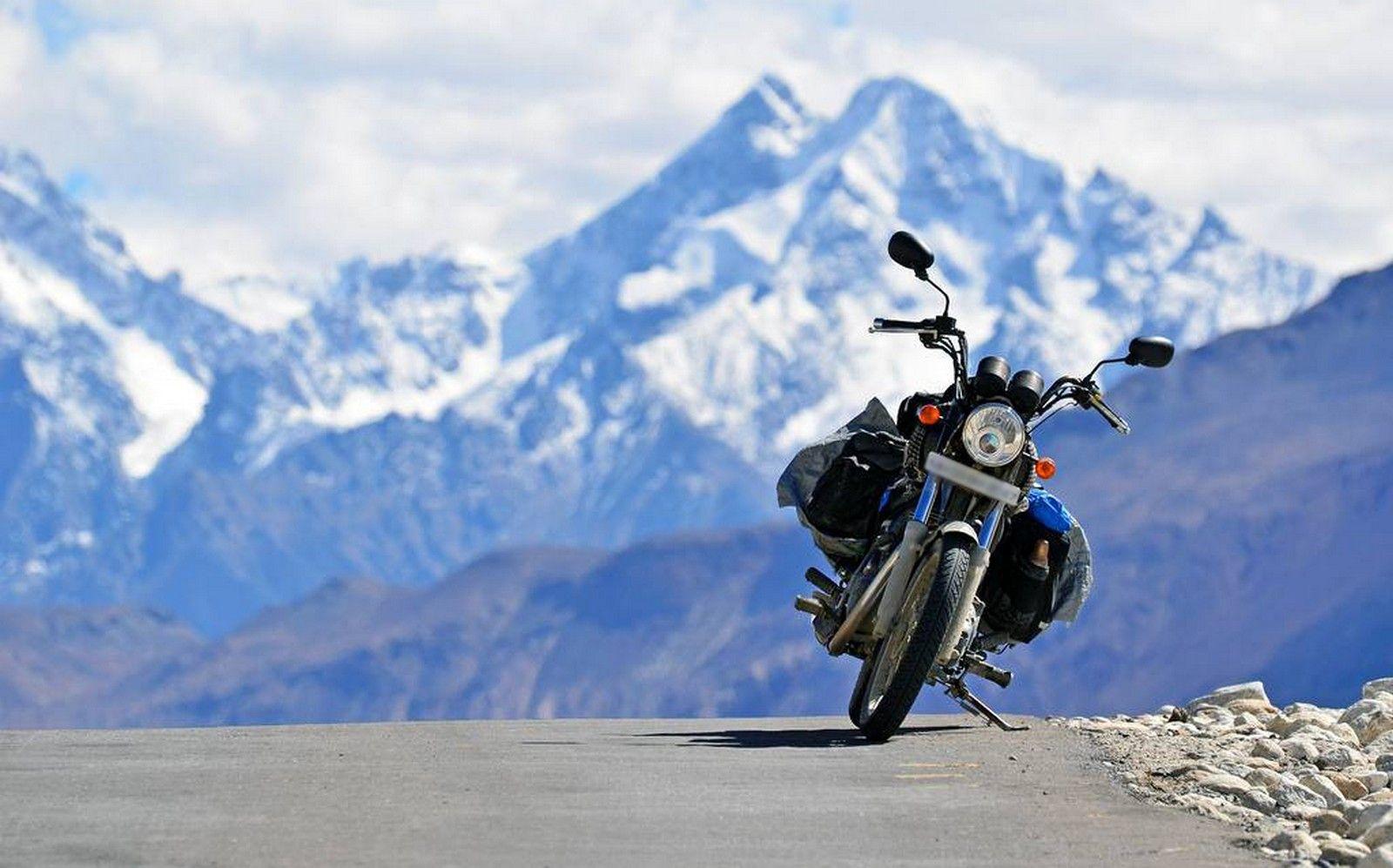

Leh–Ladakh, nestled in the northernmost part of India within the Union Territory of Ladakh, is a breathtaking high-altitude region renowned for its stark beauty, spiritual depth, and cultural richness. Flanked by the Himalayas and the Karakoram ranges, its landscape is a mesmerizing mix of rugged mountains, dramatic valleys, crystal-clear lakes like Pangong Tso and Tso Moriri, and remote deserts such as the Nubra Valley. Steeped in Buddhist tradition, Ladakh is home to centuries-old monasteries like Hemis, Thiksey, and Alchi, where ancient rituals, colorful festivals, and art thrive in harmony with the harsh terrain. Leh, the capital, serves as a vibrant cultural hub and base for high-altitude treks, road trips over passes like Khardung La, and adventure sports like rafting and mountaineering. The local Ladakhi people, known for their warmth and resilience, live in harmony with nature, sustaining age-old traditions through unique architecture, cuisine, and community life. While summer (June to September) is the best time to visit, acclimatization is key due to its altitude (3,000–5,500 meters). In recent years, the region has embraced sustainable tourism, with eco-conscious travel, community homestays, and conservation efforts becoming integral to its future. Whether you're drawn by spiritual tranquility, Himalayan adventure, or awe-inspiring landscapes, Leh–Ladakh promises an unforgettable, soul-stirring journey.
The best time to visit Leh Ladakh is from May to September, when roads are open, the weather is pleasant, and adventure activities are in full swing.
Top attractions include Pangong Lake, Nubra Valley, Khardung La Pass, Tso Moriri Lake, Magnetic Hill, Hemis Monastery, and the Leh Palace.
You can enjoy trekking, biking, river rafting, camping, visiting monasteries, exploring high-altitude lakes, and experiencing local Ladakhi culture and food.
You can fly into Leh Kushok Bakula Rimpochee Airport. Alternatively, travel by road via Manali-Leh or Srinagar-Leh highways (open seasonally between May–October).
Leh offers hotels, guesthouses, and homestays. In remote areas like Nubra and Pangong, options include camps, eco-resorts, and homestays with basic amenities.
Yes. Indian citizens need an Inner Line Permit (ILP) to visit restricted areas like Nubra, Pangong, and Tso Moriri. Foreign nationals require a Protected Area Permit (PAP).
Ladakhi food includes momos, thukpa, skyu, butter tea, and local barley-based dishes. Tibetan and North Indian cuisine is also commonly available in Leh.
Due to high altitude, acclimatization is essential. Avoid physical exertion for the first 24–48 hours. Stay hydrated and carry medication for altitude sickness (e.g., Diamox).
Yes, Leh Ladakh is safe. However, terrain and altitude pose natural challenges. Travel with proper gear, and always inform someone if traveling to remote areas.
The currency is Indian Rupee (INR). ATMs are available in Leh town, but cash is essential when traveling to remote regions like Nubra and Pangong.
You can rent bikes, cars with drivers, or join group tours. Public transport is limited, so private vehicles or taxis are the most convenient option.
Pack warm clothing (even in summer), sunscreen, sunglasses, sturdy shoes, medicines for AMS, a reusable water bottle, ID proof, and permit documents.